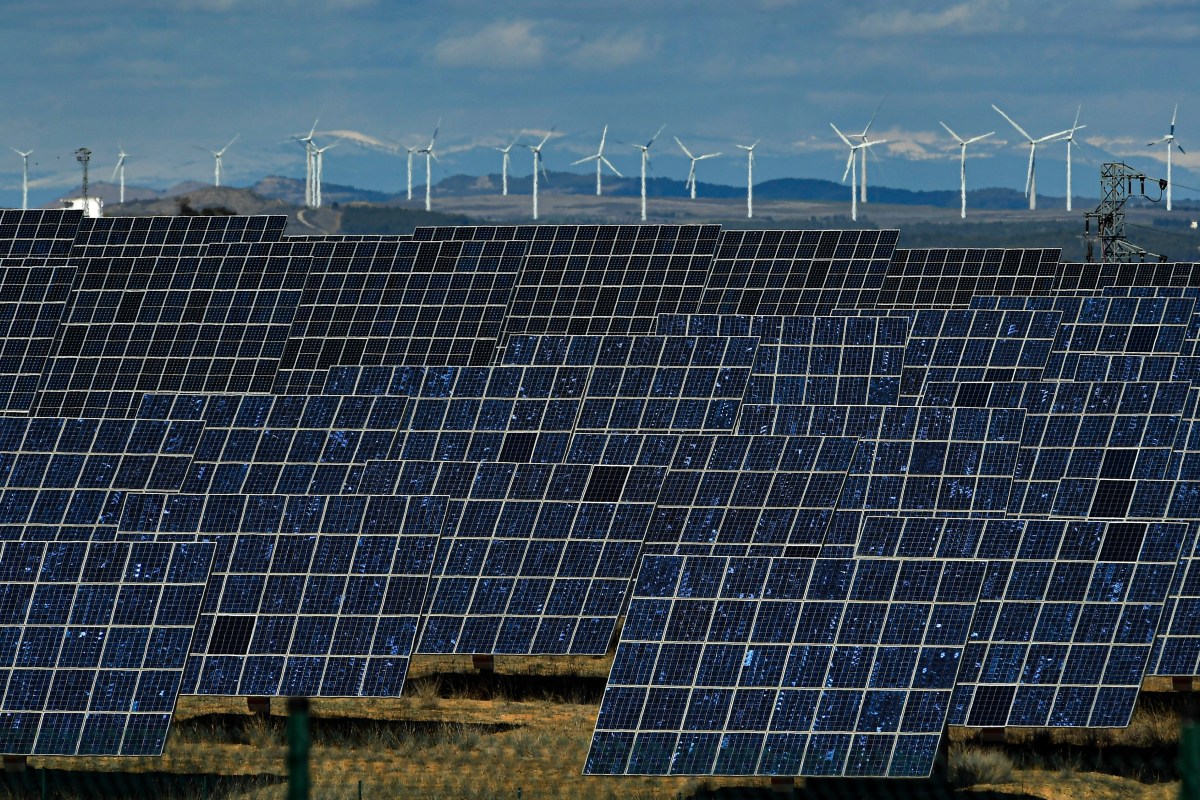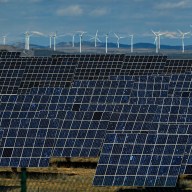Billions of people are using different kinds of energy each day and 2023 was a record-breaking year for renewable energy sources — ones that don’t emit planet-warming pollutants like carbon dioxide and methane — according to a report published Wednesday by Ember, a think tank based in London.
For the first time, 30% of electricity produced worldwide was from clean energy sources as the number of solar and wind farms continued to grow fast.
Of the types of clean energy generated last year, hydroelectric dams produced the most. That’s the same as in most years. Yet droughts in India, China, North America and Mexico meant hydropower hit a five-year low. Research shows climate change is causing droughts to develop more quickly and be more severe.
People used more electricity than ever last year, about 2% more, an increase of about as much as Canada uses in a year. Some of this new demand was for heat pumps, which are an efficient way to both heat and cool buildings, and for electric vehicles. It was also for electrolyzers, special machines used to get hydrogen out of water, for energy. These are all technologies that provide solutions to climate change.
Other increased demand was for electricity to feed new data centers and for air conditioning as places around the world become hotter.
Solar made up the biggest share of new clean energy last year. More than twice as much solar power was added as coal power. It was the 19th year in a row that solar was the fastest-growing source of electricity generation. A surge in solar installations happened at the end of the year and the report predicts 2024 will see an even larger jump.
China added more renewable energy than any other country last year — 51% of the new solar power and 60% of the new wind power globally. China, the European Union, the United States and Brazil together accounted for 81% of new solar generation in 2023.
Yet China was also responsible for 55% of coal generation globally and 60% of China’s electricity generation came from coal. The International Energy Agency says coal is the most carbon-intensive of the fossil fuels.
Scientists say emissions from burning fuels like coal must ramp steeply down to protect Earth’s climate, yet there was an increase in electricity made from burning fossil fuels. China, India, Vietnam and Mexico were responsible for nearly all of the rise.
The report said some countries burned coal to make up for the loss of hydroelectric power they experienced when drought caused their reservoirs to dry up. This is an example of a vicious cycle — when climate change prompts the use of more of the substances that cause climate change in the first place.
Despite all the growth in clean energy, fossil fuels still made up the majority of global electricity generated last year, causing a 1% rise in global power sector emissions. Scientists say even if we slashed all greenhouse gas emissions today, the planet would continue to warm for years because of the amount of pollutants already added to the atmosphere.
Analysts expect the world to use even more electricity in 2024. But renewable energy generation is forecast to grow even faster. That could mean a 2% drop (333 terawatt-hours) in energy generated from fossil fuels.
The Associated Press’ climate and environmental coverage receives financial support from multiple private foundations. AP is solely responsible for all content. Find AP’s standards for working with philanthropies, a list of supporters and funded coverage areas at AP.org.

















